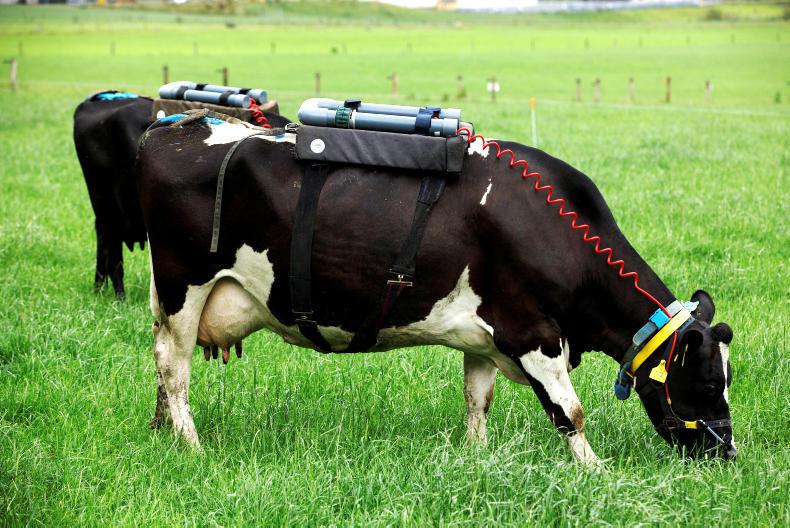During the climate bill debate at Stormont on Monday, Green Party leader Clare Bailey opposed setting a separate emissions reduction target for methane.
The South Belfast MLA stated that methane “has a warming effect that is 84 times that of carbon dioxide”.
Her figure was later used in various media reports, even though it is a point of contention among climate scientists.
It is based on a system of comparing different greenhouse gases known as GWP20. This estimates the global warming potential (GWP) of a single methane source over a 20-year period.
Under GWP100, which looks at warming over a 100-year period, methane has 28 times the effect of carbon dioxide.
Over a 500-year period, the GWP of methane is around eight times that of carbon dioxide.
The figures vary widely because methane is a short-lived greenhouse, whereas carbon dioxide accumulates in the atmosphere and has a warming effect for centuries.
Under GWP20, the margin of error would be much worse
It means the shorter the GWP timeframe, the larger methane’s warming effect appears to be.
However, none of the GWP metrics consider if emissions are increasing, stable, or decreasing, which is particularly important for methane.
The Intergovernmental Panel on Climate Change calculate that GWP100 overstates the warming effect of stable methane emissions by a factor of three to four. Under GWP20, the margin of error would be much worse.
This is a key reason why there is growing interest in separate targets for short lived greenhouse gases like methane.






 This is a subscriber-only article
This is a subscriber-only article










SHARING OPTIONS: